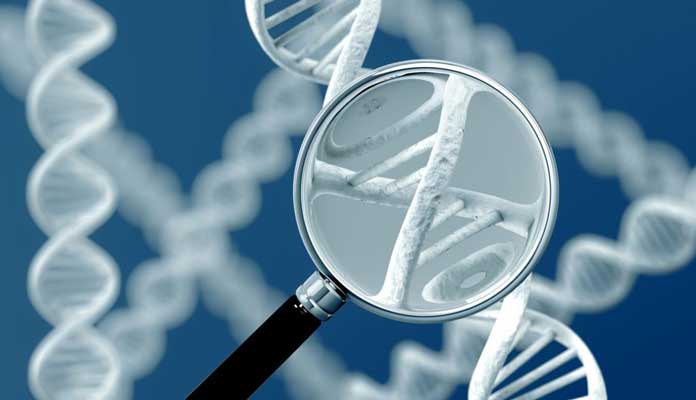Spinal muscular atrophy is a rare genetic condition that can affect motor neurons in your spinal cord. This leads to weakness or deterioration of the muscles needed for movement. In most cases, symptoms tend to occur at birth or within the first few years of life. People with this disease might be limited in their ability to move and muscle strength. There are also some problems with feeding, swallowing, or breathing. Below are all that you need to know about diagnosis and treatment for spinal muscular atrophy.
Spinal Muscular Atrophy Diagnosis
Genetic Testing
Since spinal muscular atrophy is a genetic condition, genetic testing can help diagnose this condition. It is able to find out an alteration or mutation in the SMN1 gene located on chromosome 5. A simple non-invasive blood test should be completed to do this test. In addition, genetic testing can measure the number of SMN2 gene copies on chromosome 5. If you have few copies, it can be a sign of spinal muscular atrophy in early life. [1]










